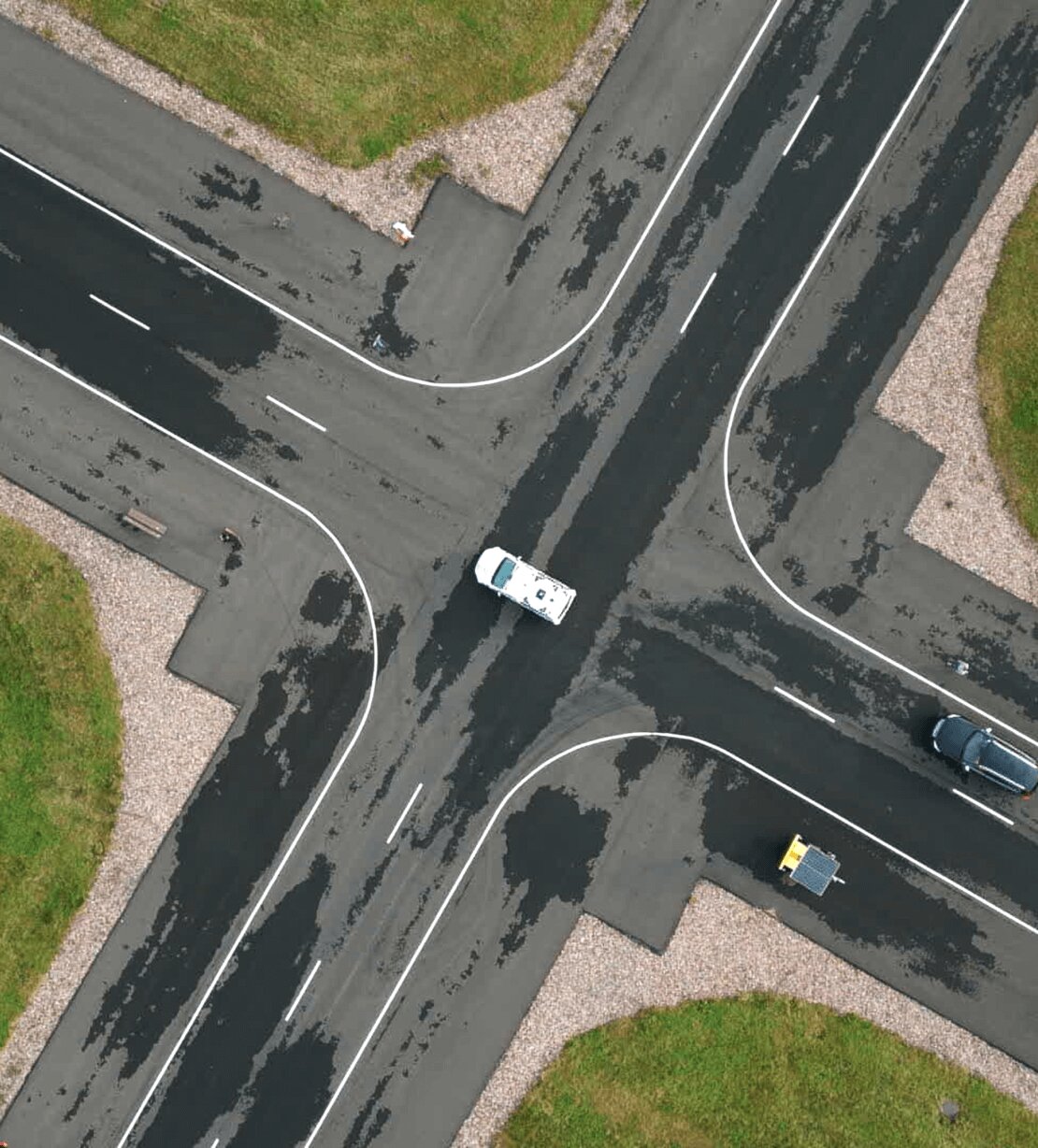



Discover CAM Scale-Up UK through Deontic

Deontic and the Zenzic CAM Scale-Up UK programme
Generative AI for requirements management and continuous simulation in autonomous engineering

Deontic is at the forefront of a groundbreaking development in the autonomous driving sector, leveraging Generative AI to revolutionize the way requirements engineers create driving scenarios. The company has trained advanced Large Language Models (LLMs) on key scenario description languages like OpenDRIVE and OpenSCENARIO, enabling engineers to generate complex driving scenarios and edge cases using simple natural language input.
This innovative approach integrates abstract knowledge from standards, regulations, and laws, seamlessly converting them into practical, real-world driving scenarios. By doing so, Deontic is not only reducing development time but also enhancing collaboration between stakeholders, ensuring that autonomous vehicles are tested more effectively.
Through the incorporation of Generative AI into the verification and validation process, Deontic facilitates continuous homologation, helping engineers expand the Operational Design Domain (ODD) faster and with greater confidence. This process accelerates the deployment of safer, more reliable autonomous vehicles on public roads.
Backed by the expertise of Midlands Future Mobility, based at the University of Warwick, Deontic is committed to pushing the boundaries of autonomous vehicle technology, aiming to bring autonomous cars and flying vehicles to market more quickly and safely.
Stephen explains
“Our platform allows engineers to upload a piece of legislation or a standard, documents and natural language basically, that express requirements for autonomous vehicles. And they can extract requirements from these regulations using AI and automatically create scenarios and simulations to check if their vehicles comply with those requirements.”
What makes Deontic special?

Developing safe autonomous vehicles requires ensuring that these vehicles can perform well in any situation they might encounter. To achieve this, companies need to test the vehicles on 5 billion of miles of driving—an impossible and costly task.
Even the large autonomous driving companies have had vehicles racking up millions of miles on the road, but that’s still far from enough to ensure comprehensive safety.
In response, the industry is shifting toward simulation-based testing, using virtual scenarios to assess how vehicles would behave in various situations. This approach allows engineers to cover an endless range of scenarios, effectively testing billions of miles without the logistical and financial burden.
However, generating safe driving scenarios is not simple. To ensure realistic results, engineers must incorporate essential requirements —such as regulations, standards, and functional safety criteria—into these simulations. This is where Deontic’s cutting-edge technology comes into play. The ability to train AI models, particularly large language models, to automatically convert these complex requirements, written in natural language, into driving scenarios is key to pushing the boundaries of autonomous vehicle testing.
By integrating these regulations into simulations, companies can create more accurate, scalable scenarios, helping autonomous vehicles meet the safety standards required for real-world deployment. This innovative approach is crucial to advancing the future of autonomous driving.
Stephen tells us
“It’s enabling engineers to understand all of these regulations and have those requirements converted into autonomous driving scenarios for simulation based testing automatically and autonomously. That’s what we’re trying to solve.”
Deontic’s Testing Journey
Utilising the expertise and facilities at Midlands Future Mobility to test and validate their products

One of the primary motivations for Deontic’s involvement in the Zenzic CAM Scale Up UK programme was the access to crucial resources and expertise available in the UK. They chose to partner with Midlands Future Mobility, based at the University of Warwick, because they possess significant expertise in the autonomous driving sector, particularly in ensuring the safety of autonomous systems. Gaining access to this specialised knowledge was instrumental in maturing Deontic’s models.
With the UK government’s upcoming Automated Vehicles Act in mind, this provides a way to implement these new regulations, and ensure that vendors can develop compliant algorithms, AI systems, and vehicles.
This partnership is seen as a key step towards furthering innovation and ensuring compliance within the rapidly evolving autonomous vehicle industry.
“This is very exciting because we are basically delivering the proof that engineers don’t have to worry about monitoring all of these regulatory databases all the time
because it’s an AI that can scroll through them, that can monitor that at real time and basically adapt to the driving scenario in which the engineer needs to design the autonomous driving application. ”
What does success look like?

“So the autonomous mobility space as a whole, ranging from robotics to drones to cars to trucks and ultimately into farming machines and construction, that is a humongous space and one that will grow significantly in the next years to come. So that will be the space that we want to thrive in.
I think it was Jensen Huan from NVIDIA that said the new coding language is English, which is a great vision. And we feel the same way about using natural language to code safe autonomy into vehicles of all kinds in the near future. So that is the combination of the elements that keep us going and where we are very passionate about and very excited about.”
{{ teamMember.name }}
{{ teamMember.title }}